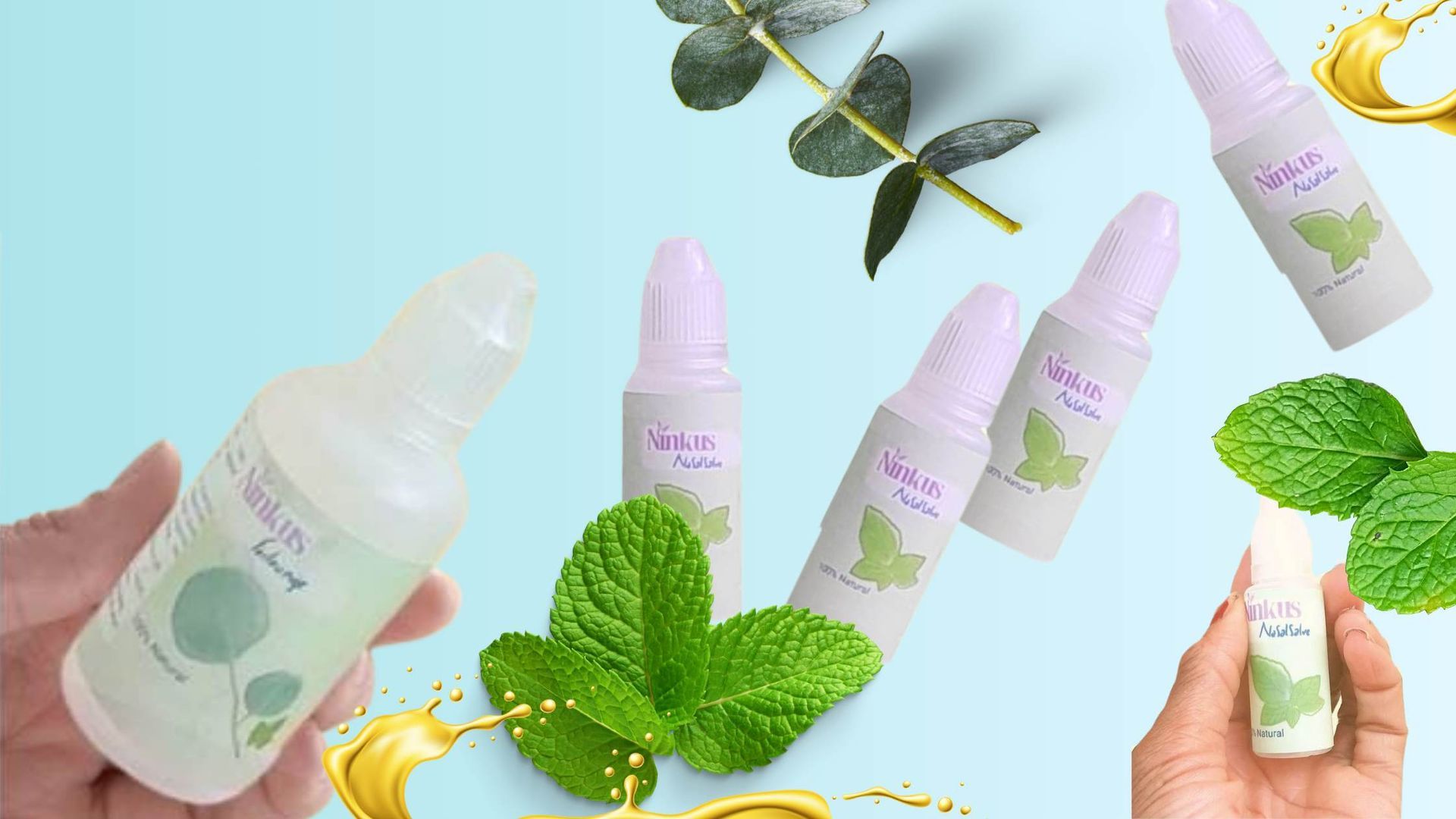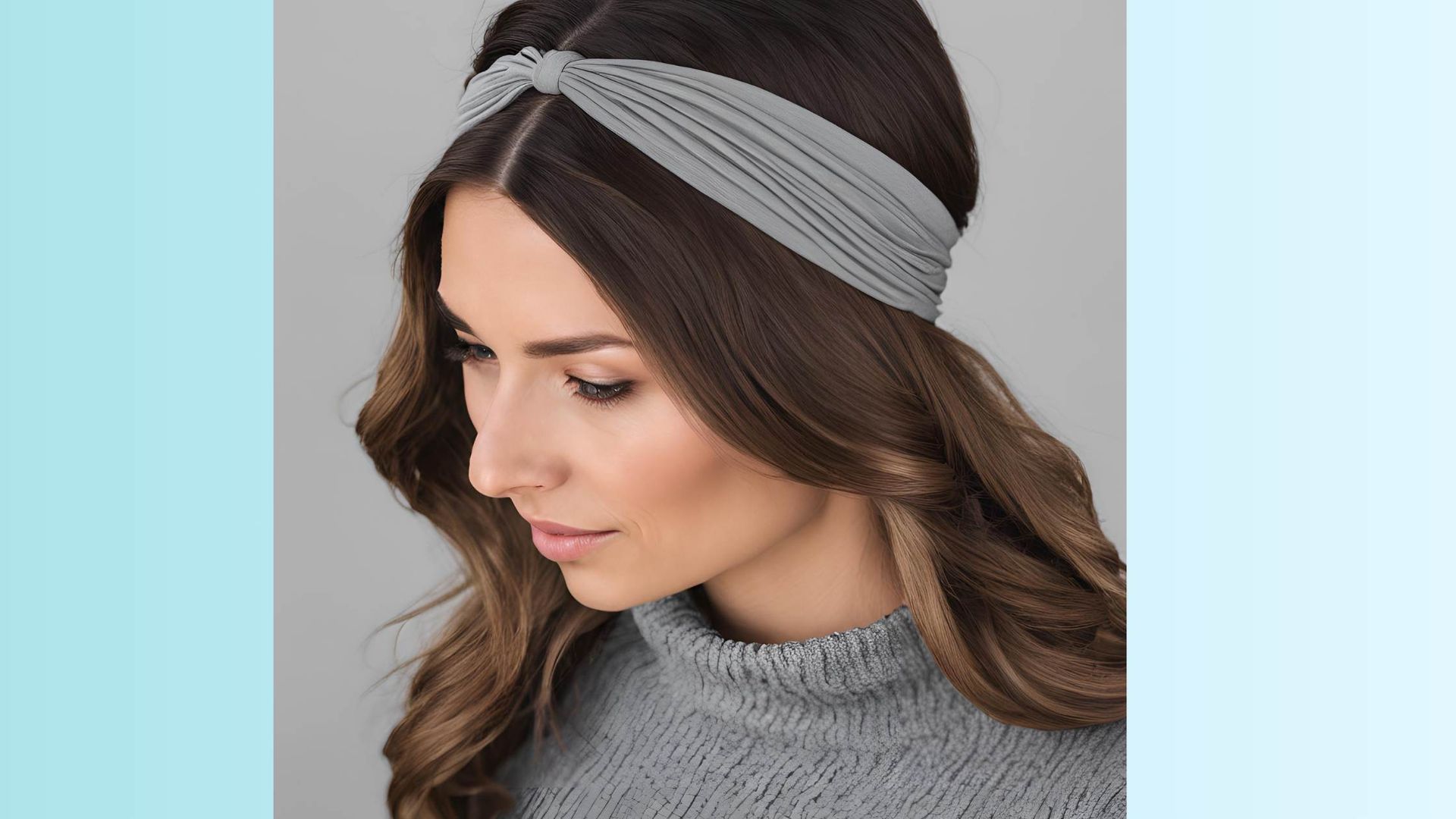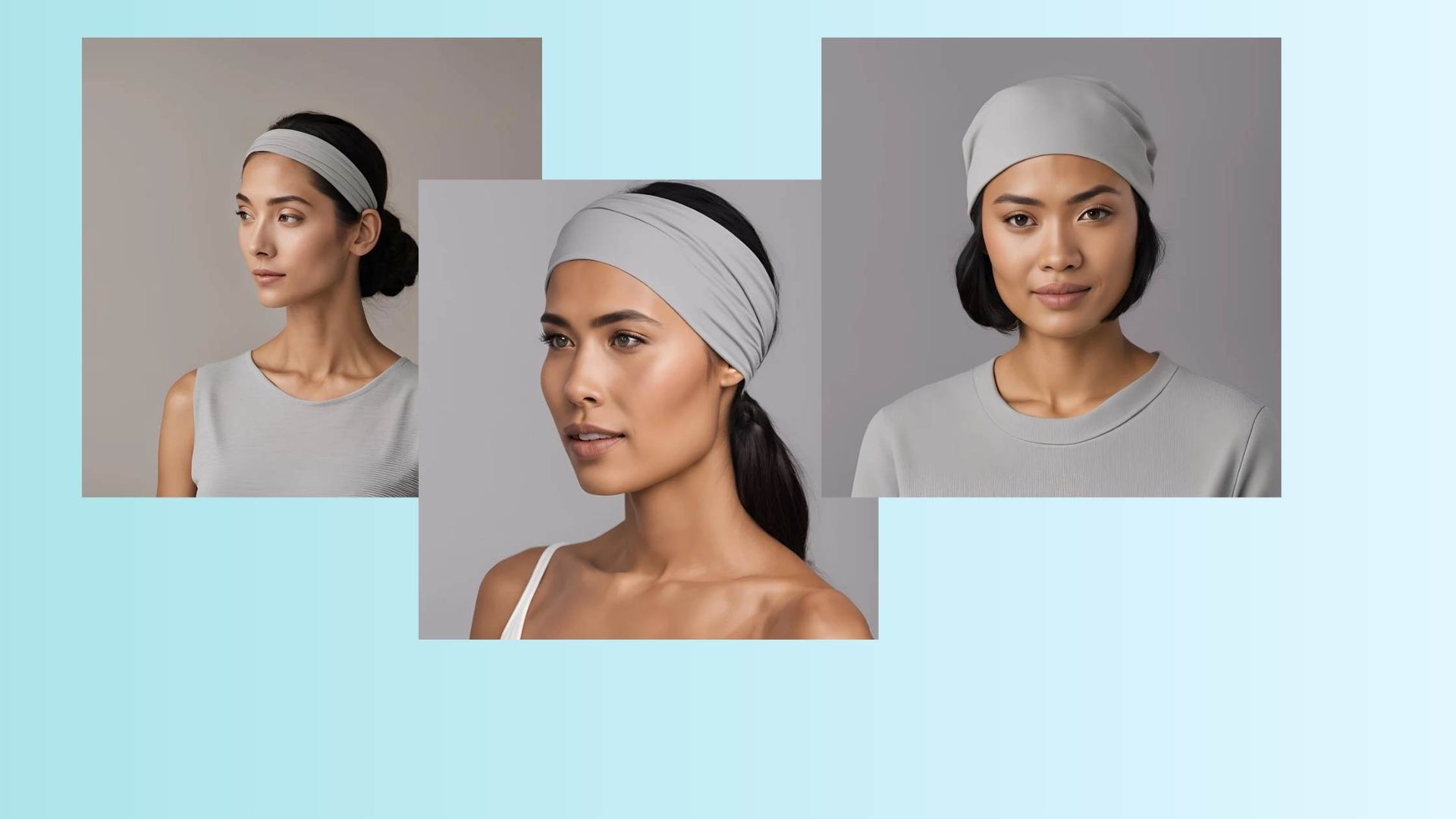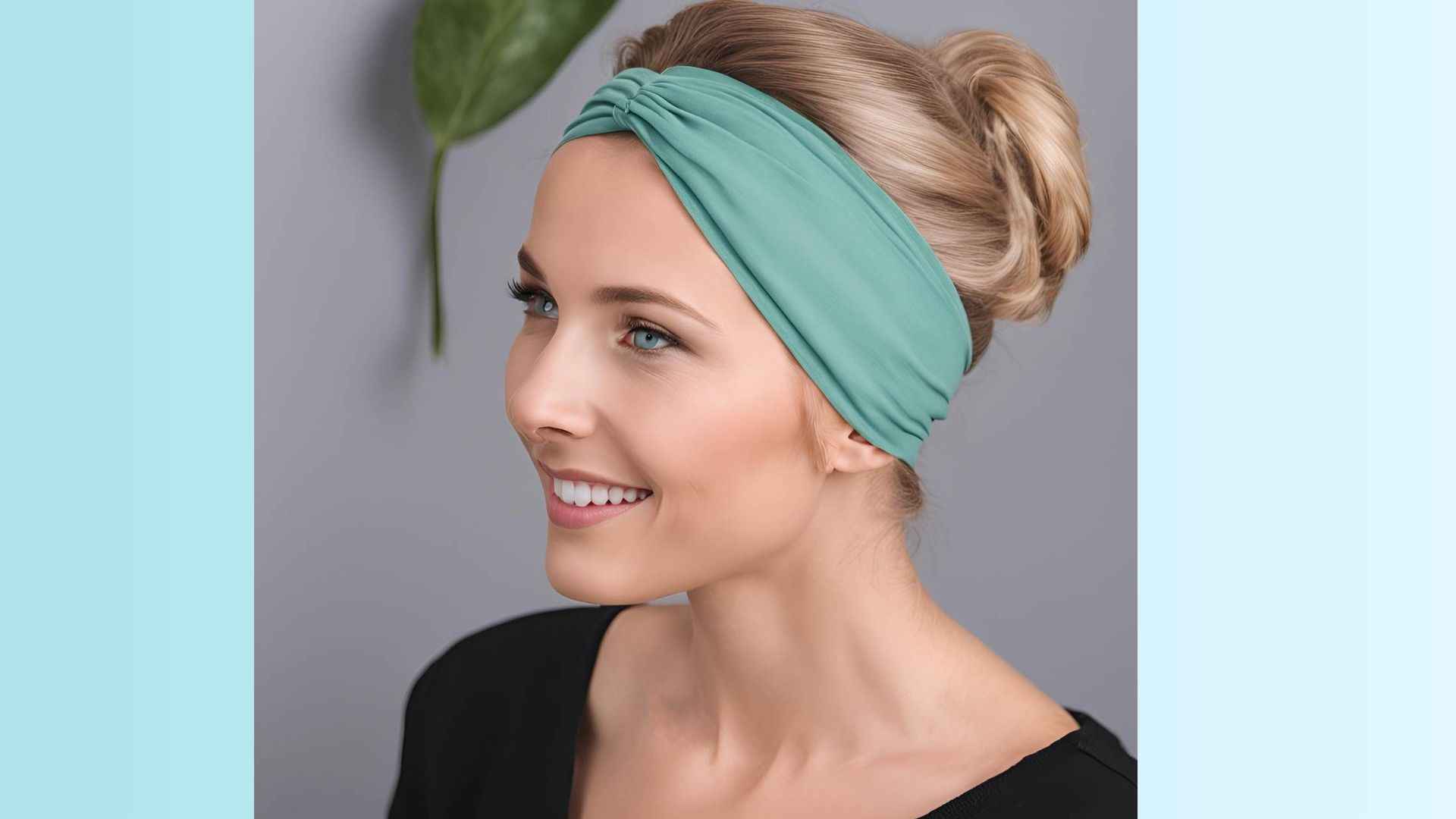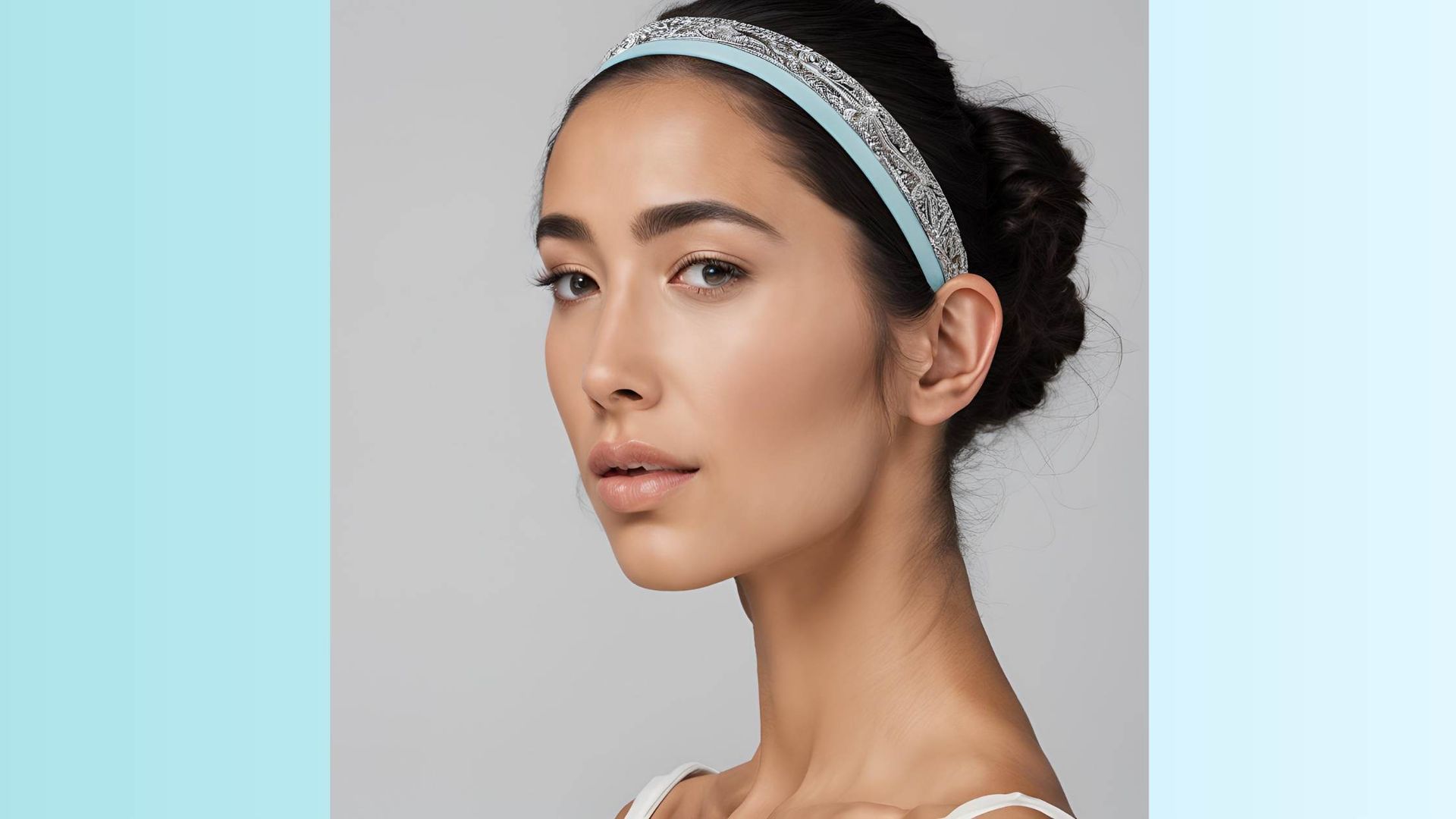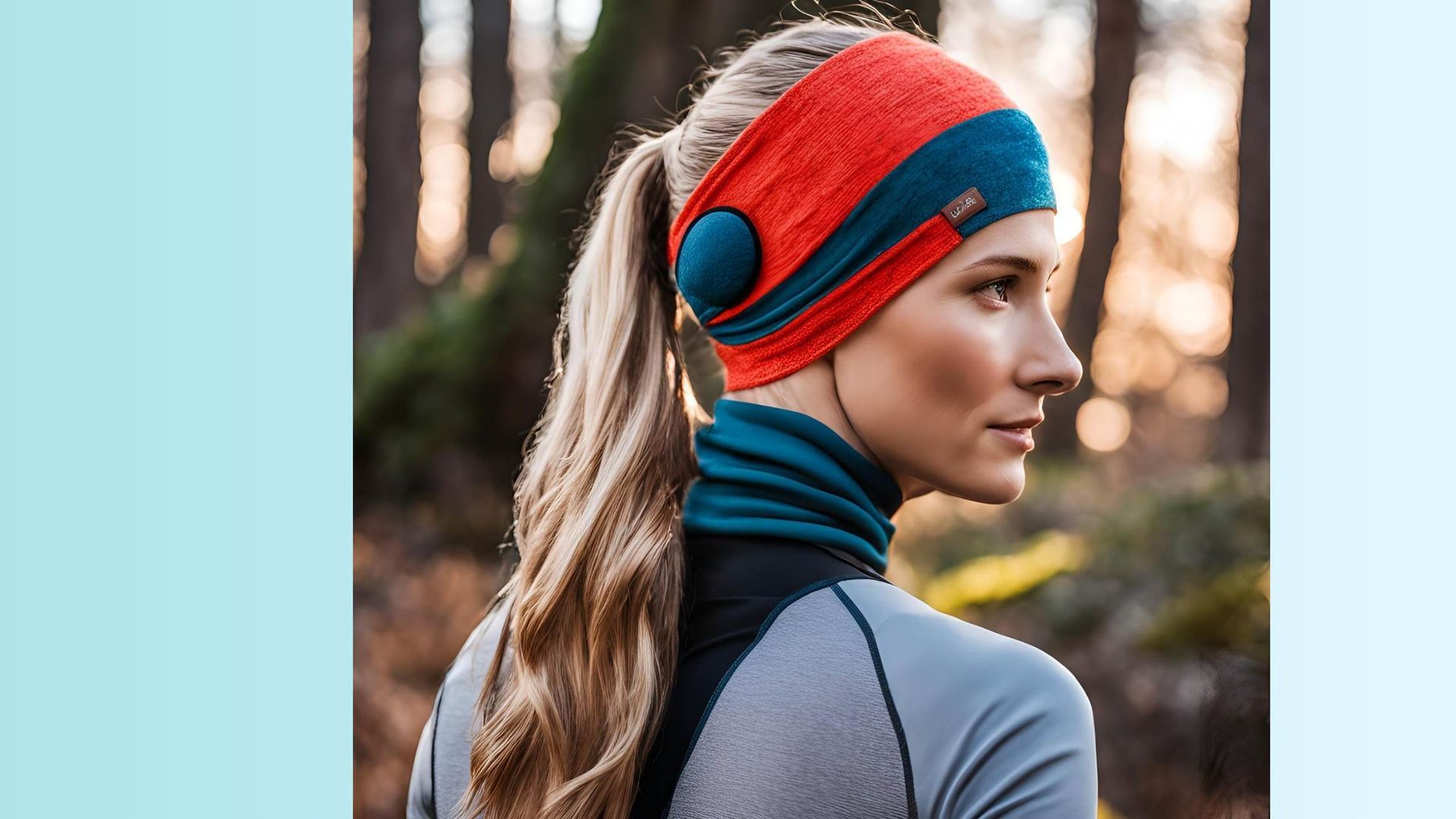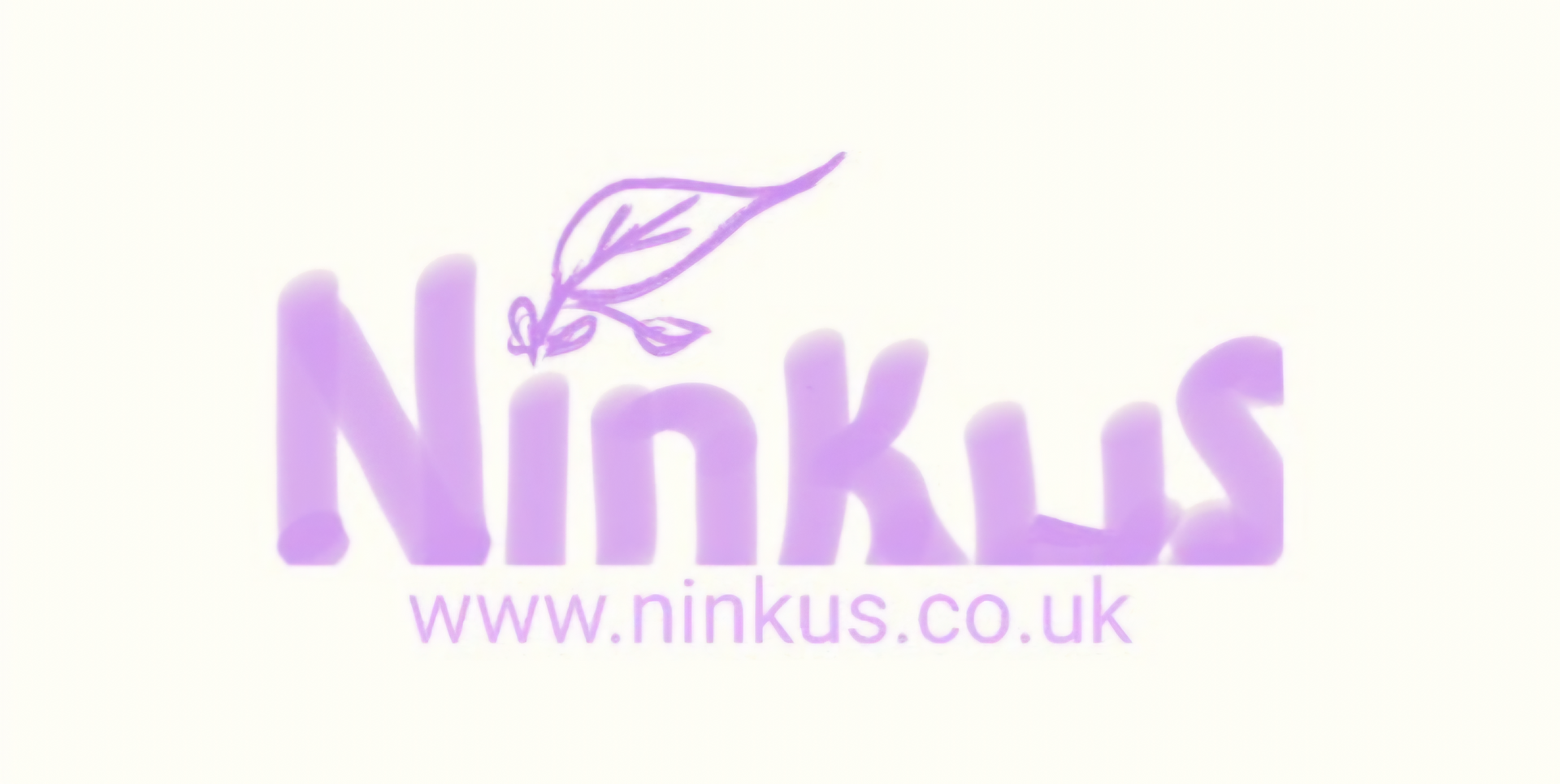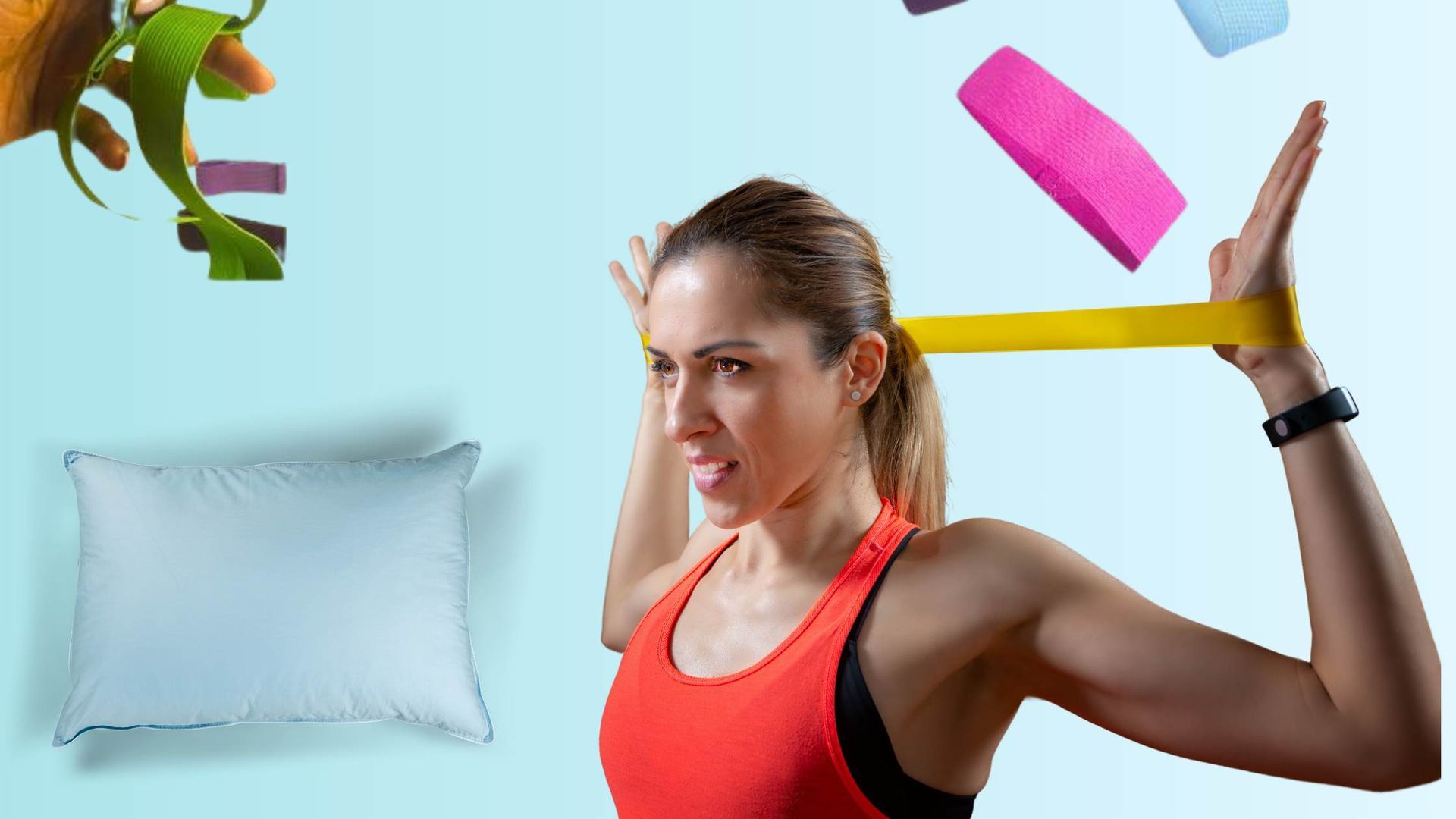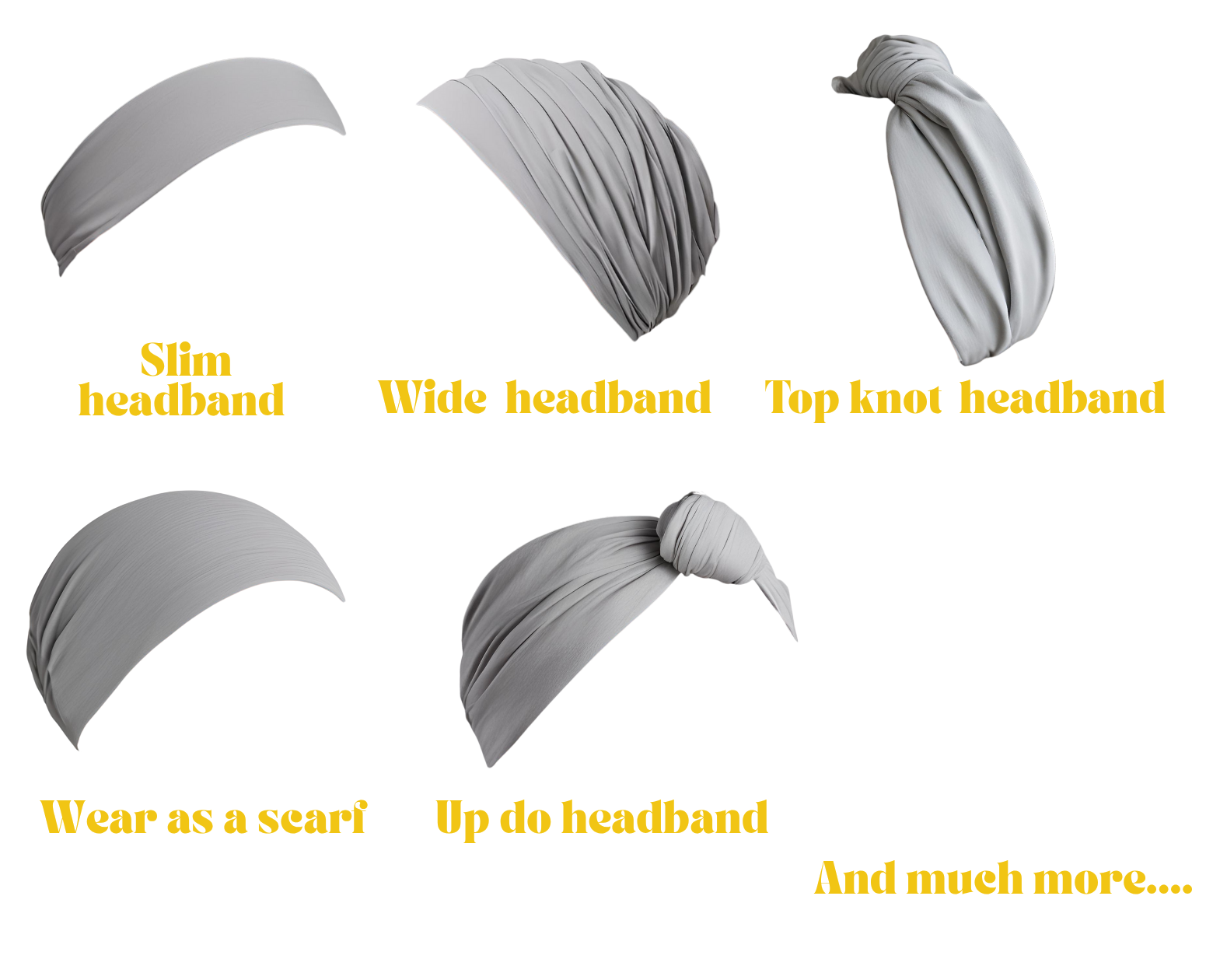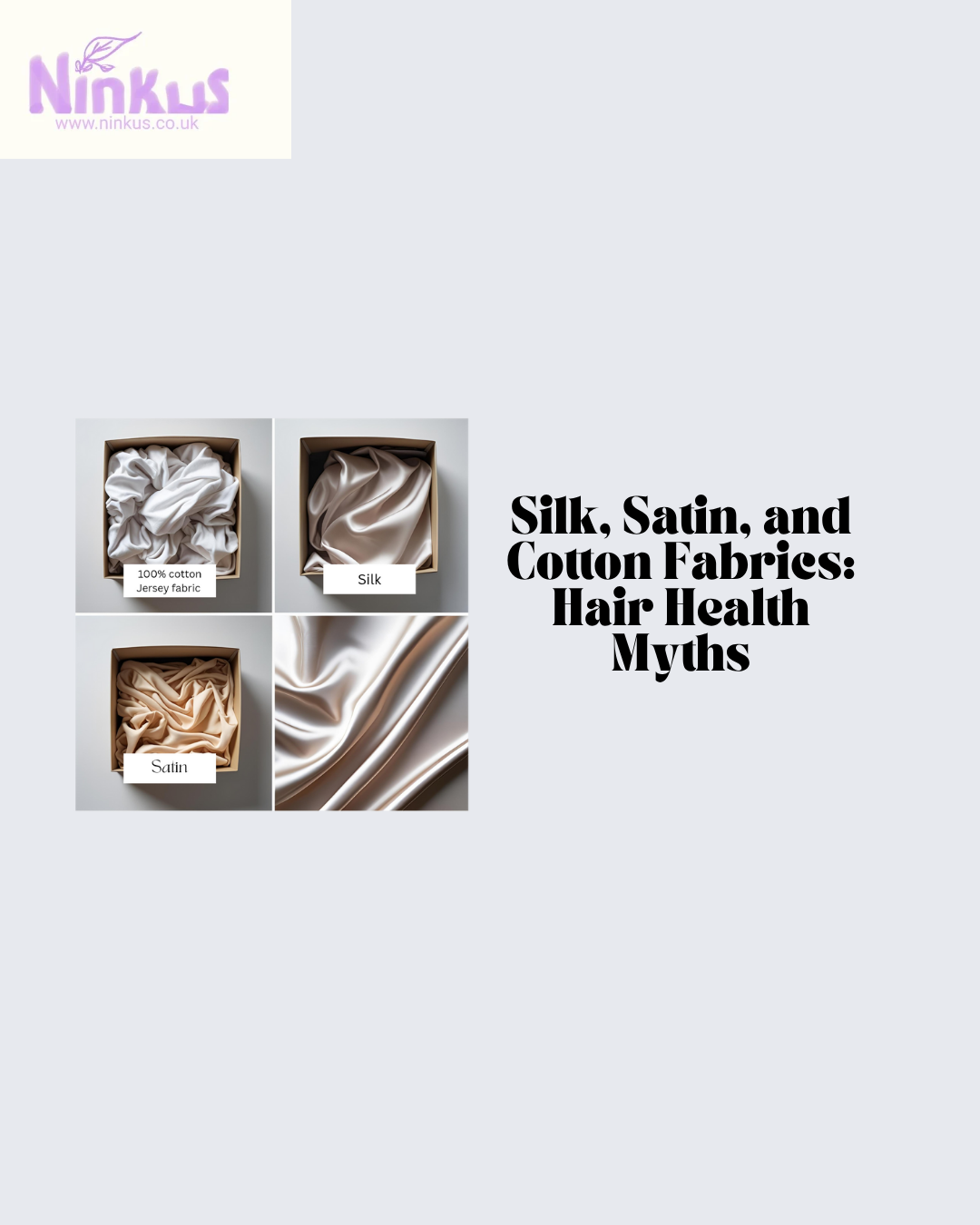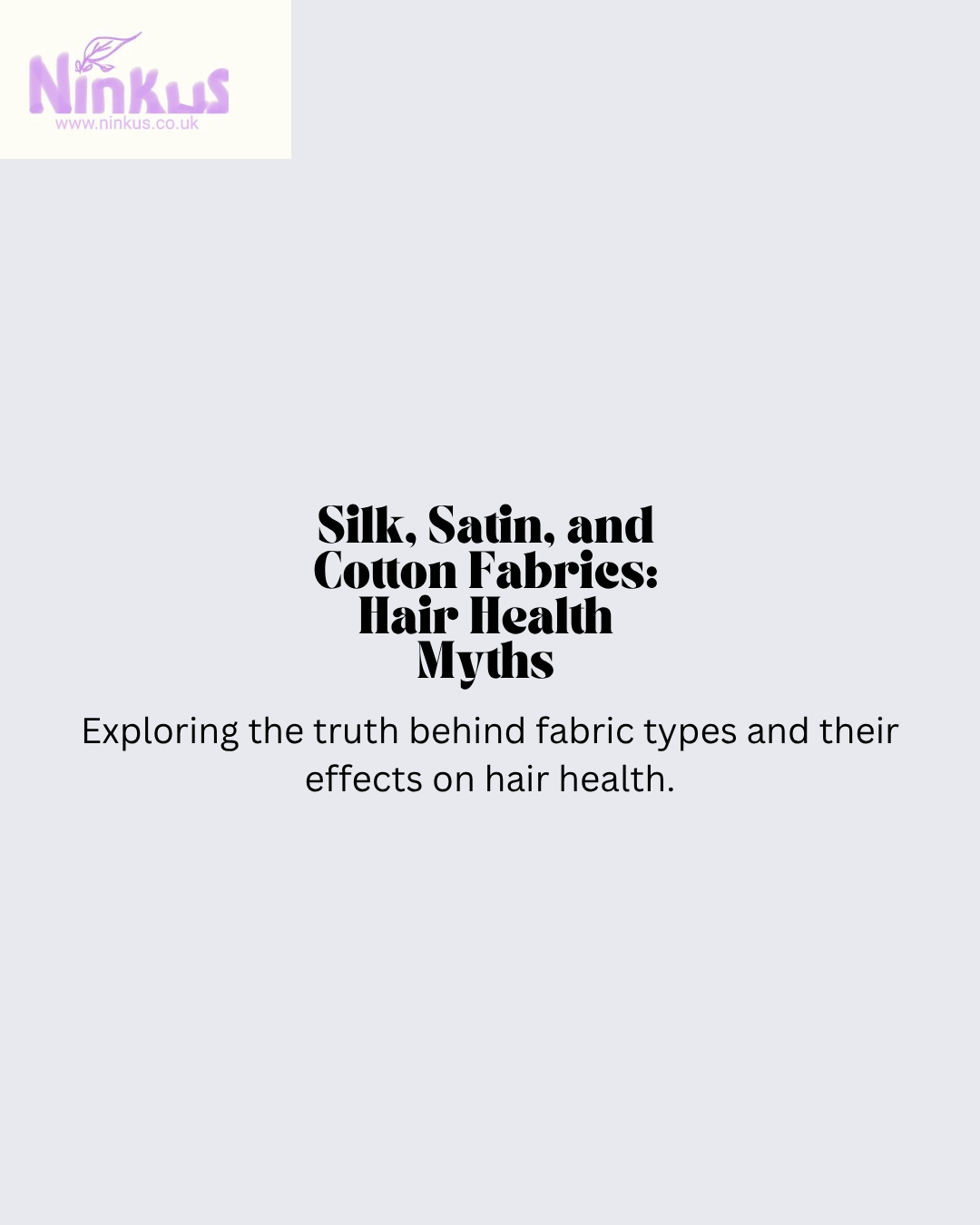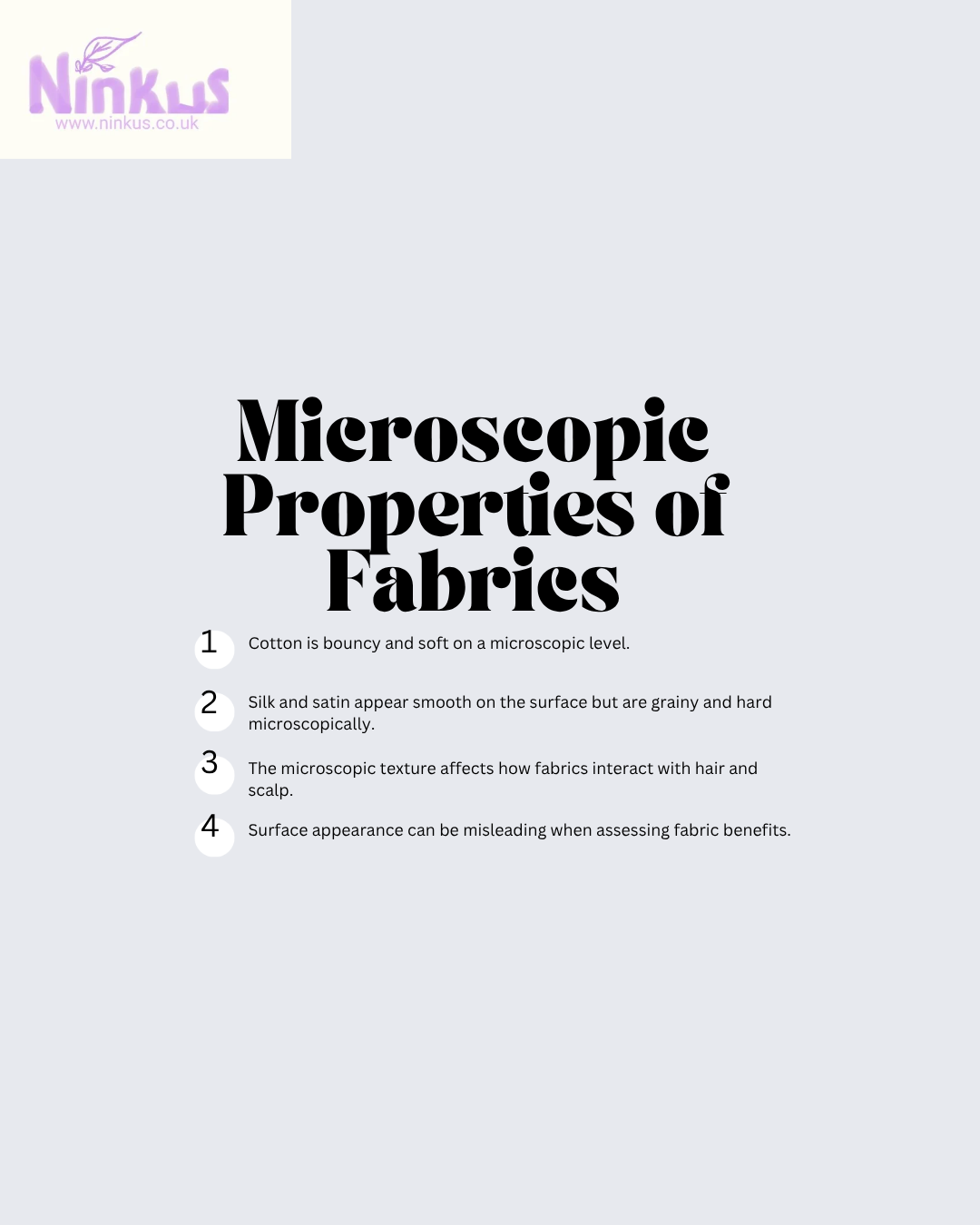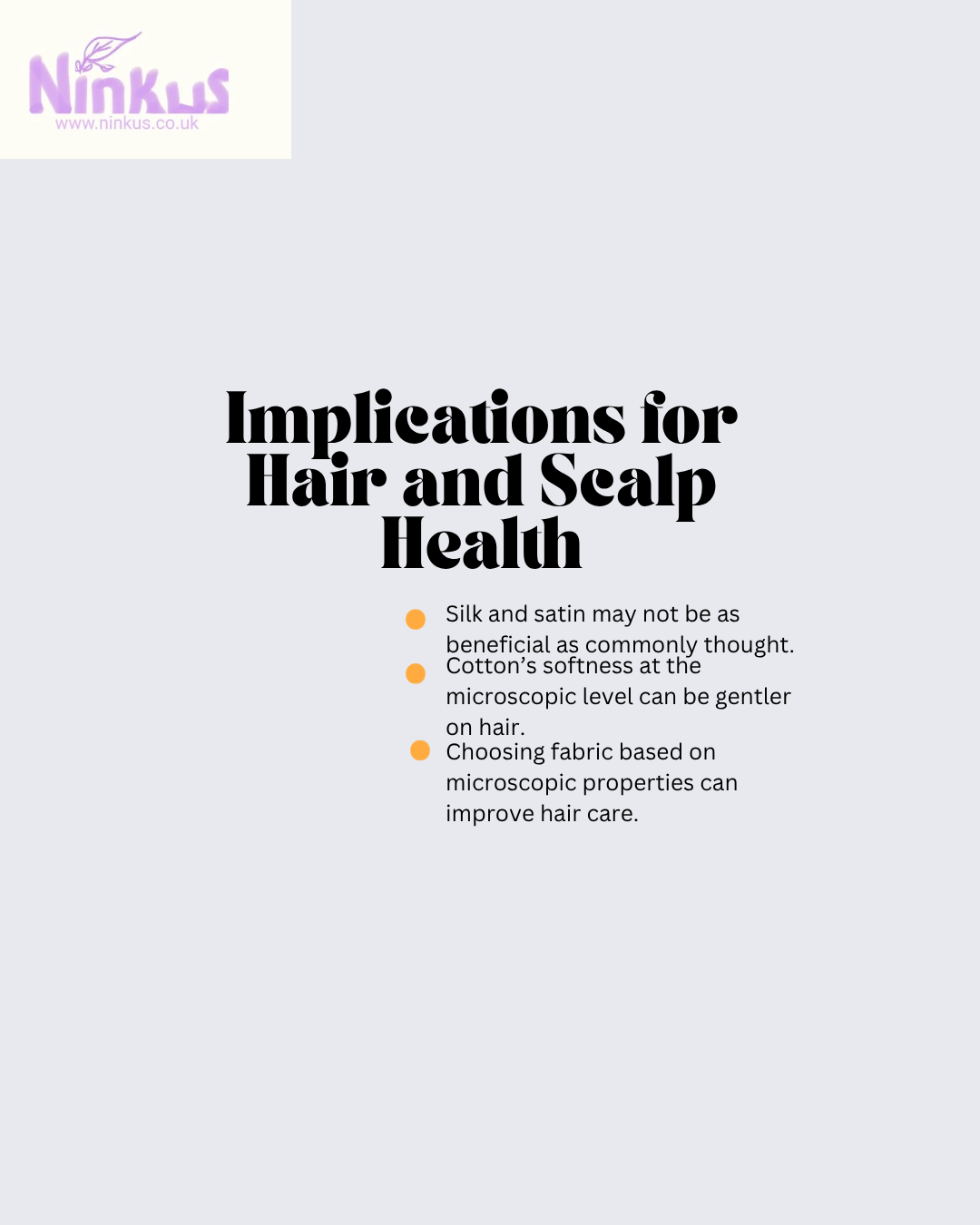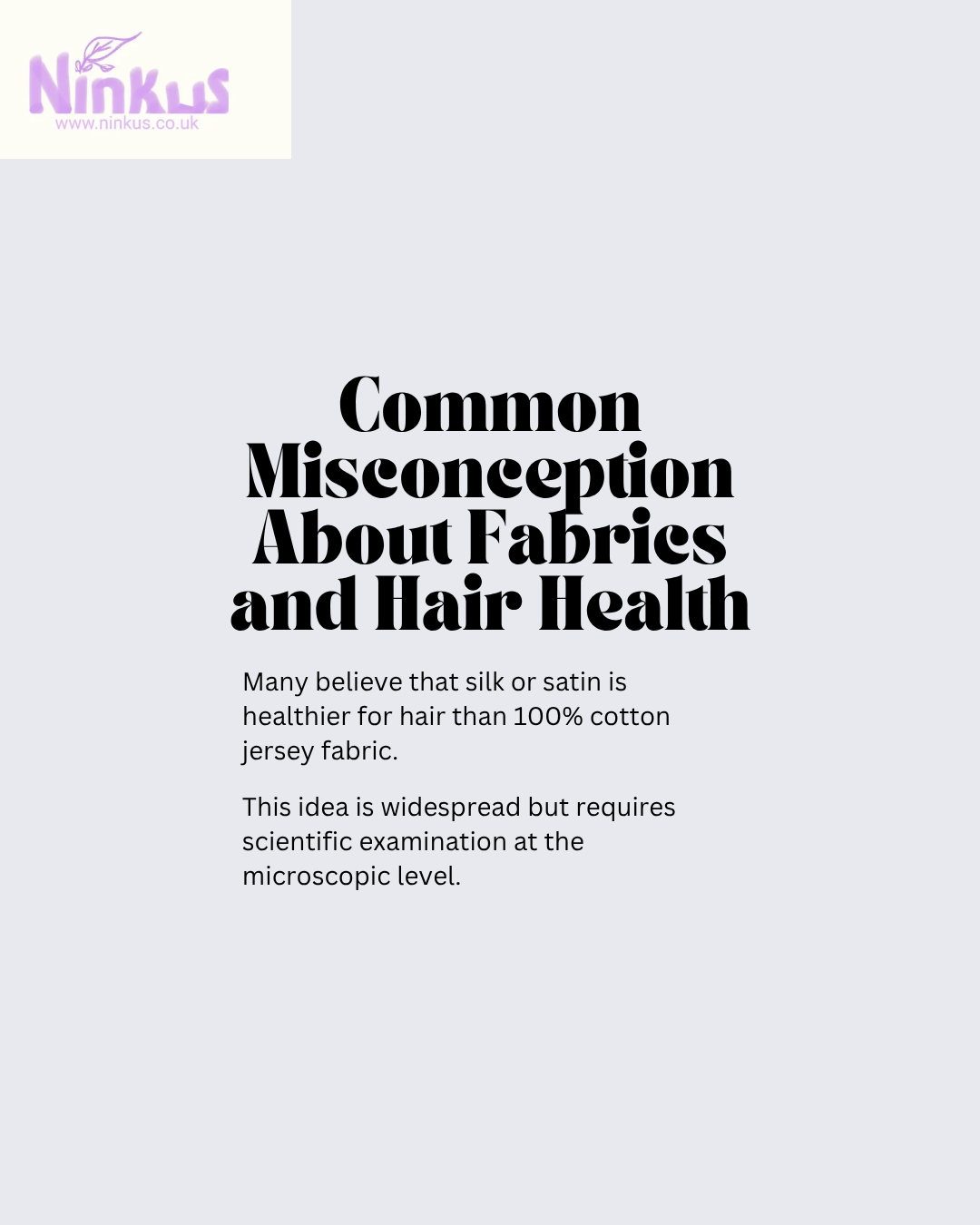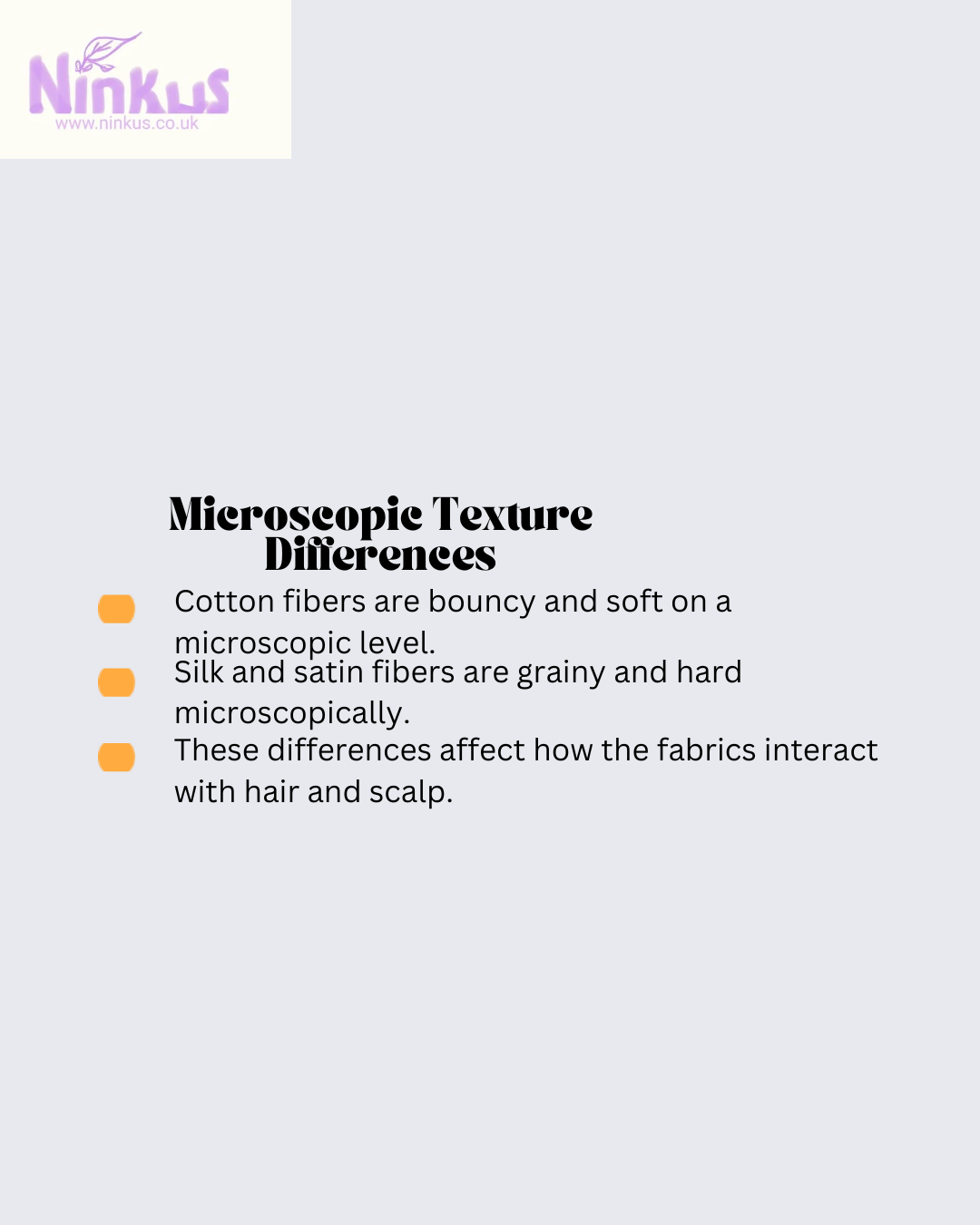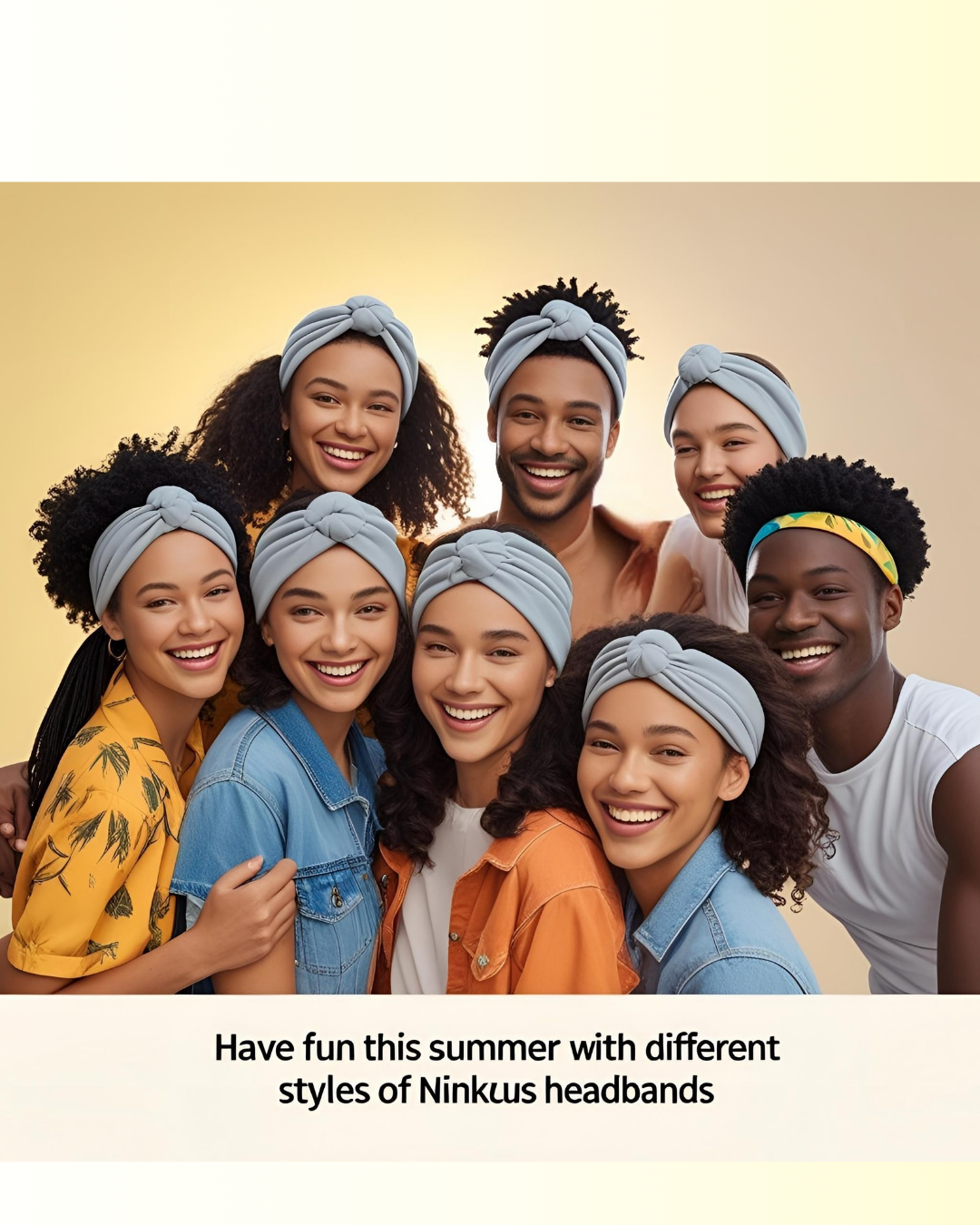The Evolution of Headbands: From Ancient Times to Today Ancient Beginnings: The Birth of Headbands
Headband from history til today.
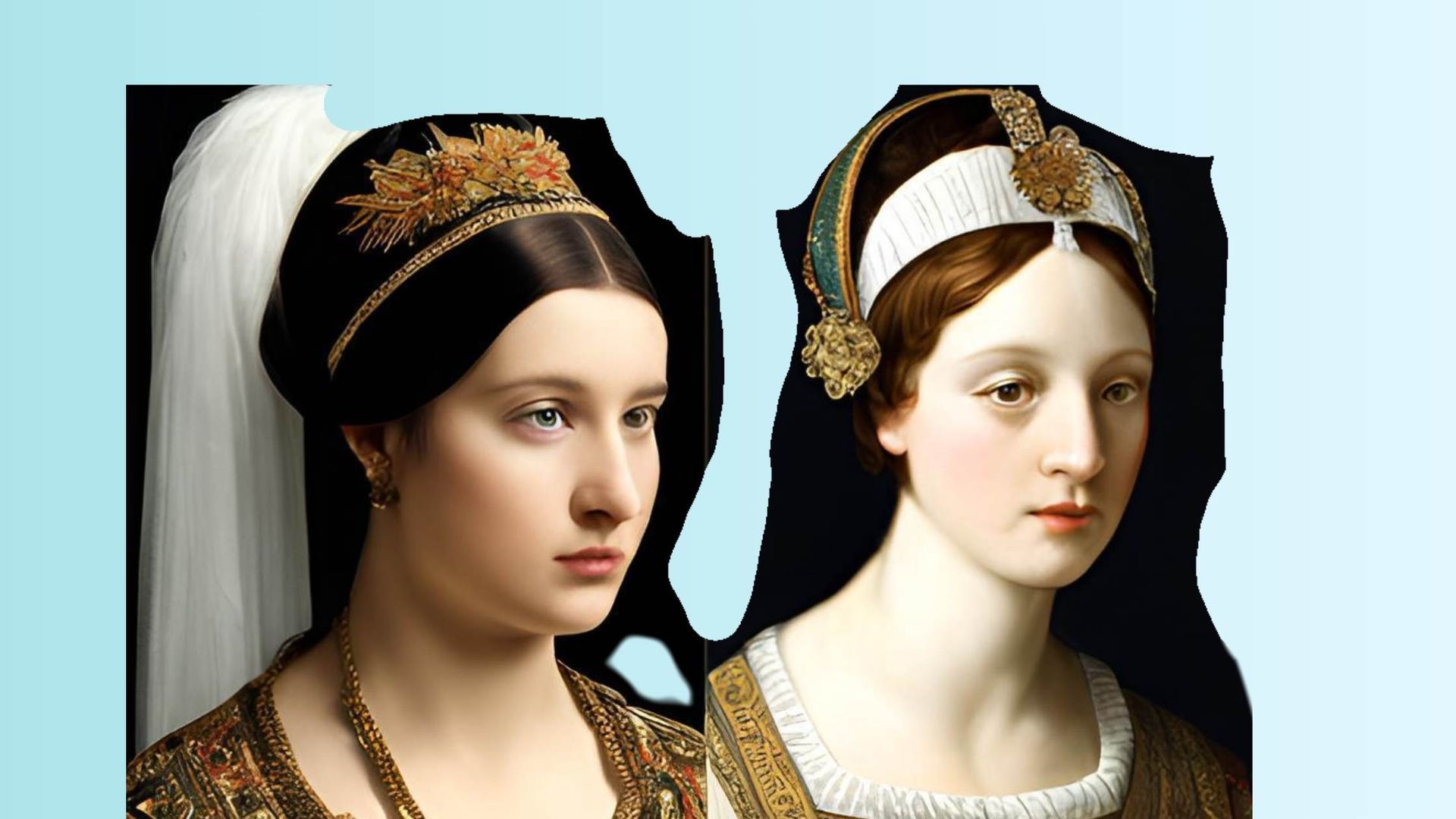
Headbands
Headbands have a fascinating history that stretches back thousands of years, serving both functional and decorative purposes. In ancient civilizations, headbands were often crafted from natural materials like leaves, vines, or leather. They were used not only to keep hair in place but also as symbols of status and power. In ancient Greece, for example, headbands known as "taenia" or "diadema" were worn by athletes and victors to signify triumph and honor. These early headbands were often simple in design but held significant cultural importance.
The Roman Influence: Elegance and Authority
As the Roman Empire expanded, so did the
use of headbands. Romans were known for their elaborate hairstyles and
headdresses, which included intricately designed headbands made from precious
metals and adorned with jewels. Both men and women wore these ornate
accessories, which often indicated their social class and wealth. Headbands in
this era evolved beyond mere functionality, becoming essential elements of
fashion and personal expression.
The Middle Ages: Religious Significance
During the Middle Ages, headbands took on
a more subdued and religious significance. Monks and nuns wore simple cloth
headbands, known as "circlets," as a part of their religious attire,
representing humility and devotion. Meanwhile, in secular society, headbands
were less prevalent, with hats and veils becoming more fashionable. However,
certain segments of society, such as brides, continued to wear headbands as
part of their wedding attire, often incorporating them into their veils.
The Renaissance: A Revival of Fashion
The Renaissance brought about a revival
of arts and culture, and with it, the resurgence of headbands as fashion
statements. Artists like Leonardo da Vinci and Sandro Botticelli often depicted
women adorned with luxurious headbands in their paintings. These accessories
were typically made from silk or velvet and embellished with pearls and
gemstones. Headbands became synonymous with elegance and were often worn by the
aristocracy to complement their elaborate hairstyles and gowns.
The Victorian Era: Modesty and Restraint
In the Victorian era, headbands saw a
shift towards modesty and restraint as society embraced more conservative
ideals. Women wore headbands made of lace or ribbon to accentuate their
hairstyles without drawing too much attention. These delicate headbands were
often worn with bonnets and hats, reflecting the era's emphasis on propriety
and decorum. Despite their simplicity, headbands continued to be a staple in
women's fashion, subtly enhancing their overall appearance.
The Roaring Twenties: Flapper Flair
The 1920s marked a dramatic shift in
fashion, with headbands playing a central role in the iconic flapper look.
Women embraced new freedoms and daring styles, with headbands becoming a symbol
of the era's rebellious spirit. Often adorned with feathers, sequins, or beads,
these headbands were worn low across the forehead, complementing the bobbed
hairstyles and jazz-inspired outfits of the time. The flapper headband became a
defining accessory of the decade, capturing the essence of the Roaring
Twenties.
The 1960s and 70s: Bohemian and Hippie Vibes
The late 20th century saw headbands
evolve with the changing cultural landscape. In the 1960s and 70s, headbands
became emblematic of the bohemian and hippie movements. They were often made
from natural materials like leather or fabric and featured colorful patterns
and designs. Worn by both men and women, these headbands symbolized a
connection to nature and a rejection of mainstream fashion. They were a staple
at music festivals and gatherings, embodying the era's spirit of peace and
love.
The 1980s: Sporty and Functional
The 1980s brought about a fitness craze,
and headbands became synonymous with athleticism and practicality. Neon-colored
terry cloth headbands were worn by fitness enthusiasts and athletes to keep
sweat away during workouts and exercise routines. Popularized by celebrities
and fitness icons, these headbands became a fashion statement both inside and
outside the gym. Their vibrant colors and practicality made them a must-have
accessory for anyone embracing the active lifestyle of the decade.
The 2000s: A Return to Elegance and Versatility
The early 21st century saw headbands
return to a more elegant and versatile form. With the rise of fashion
influencers and celebrity endorsements, headbands became a chic accessory for
everyday wear. Designers began experimenting with materials, incorporating
everything from silk to leather, and adding embellishments like rhinestones and
bows. Headbands became a staple on red carpets and fashion runways, offering a
quick and stylish way to elevate any outfit.
Modern Day: A Fashion Staple for All
Today,
